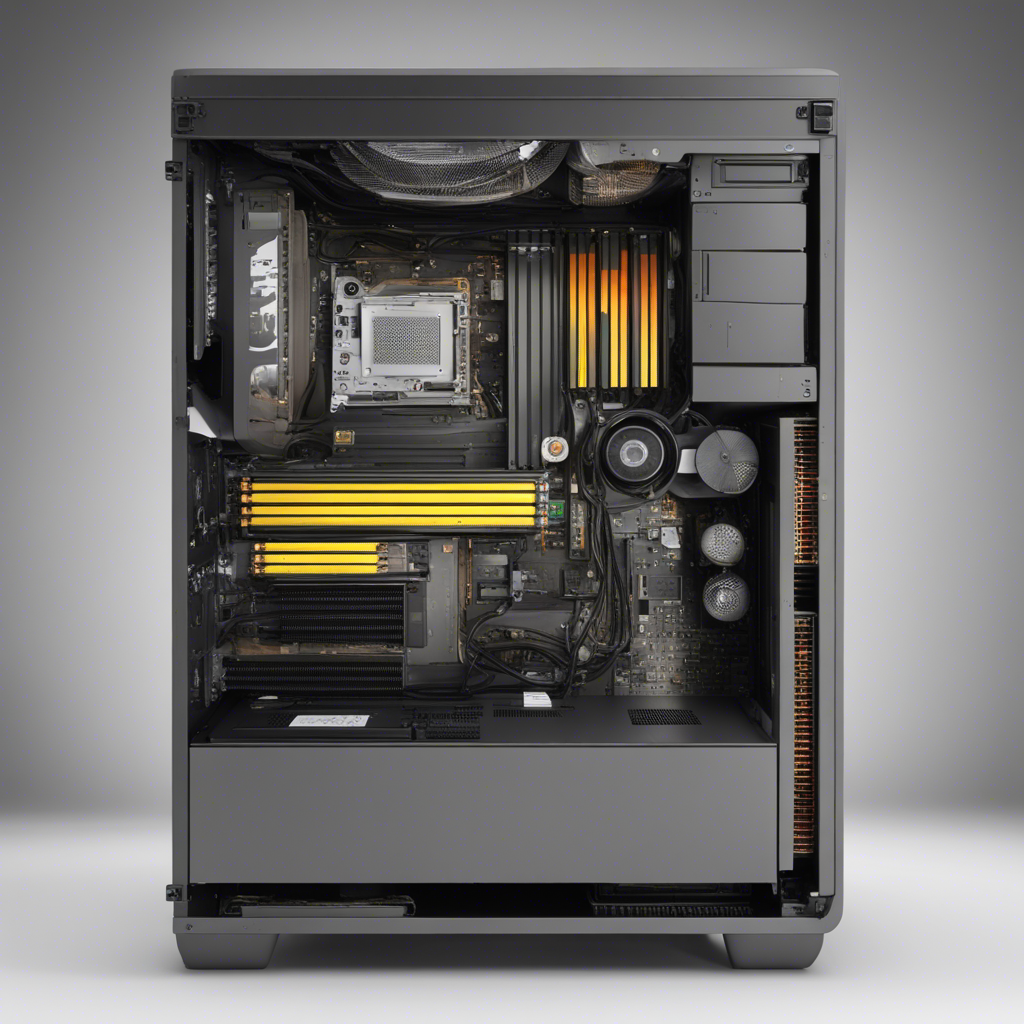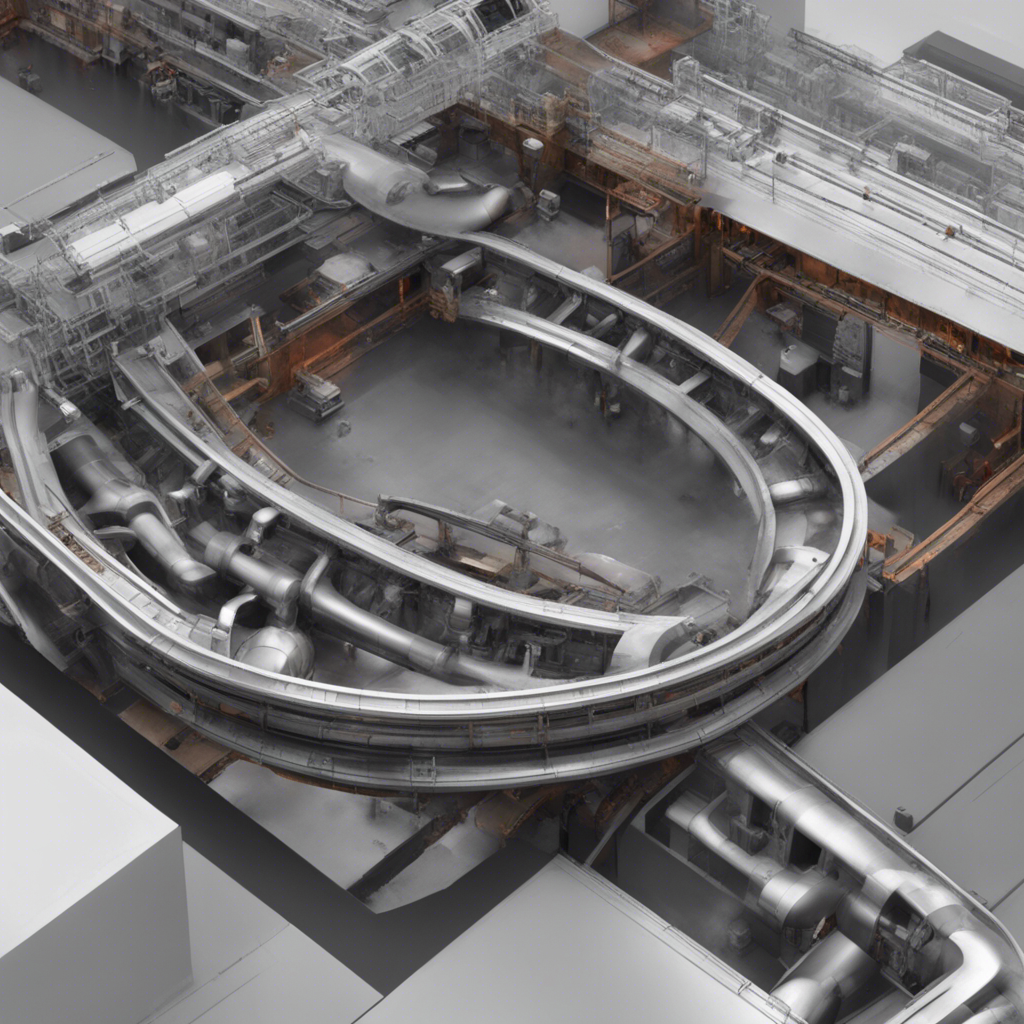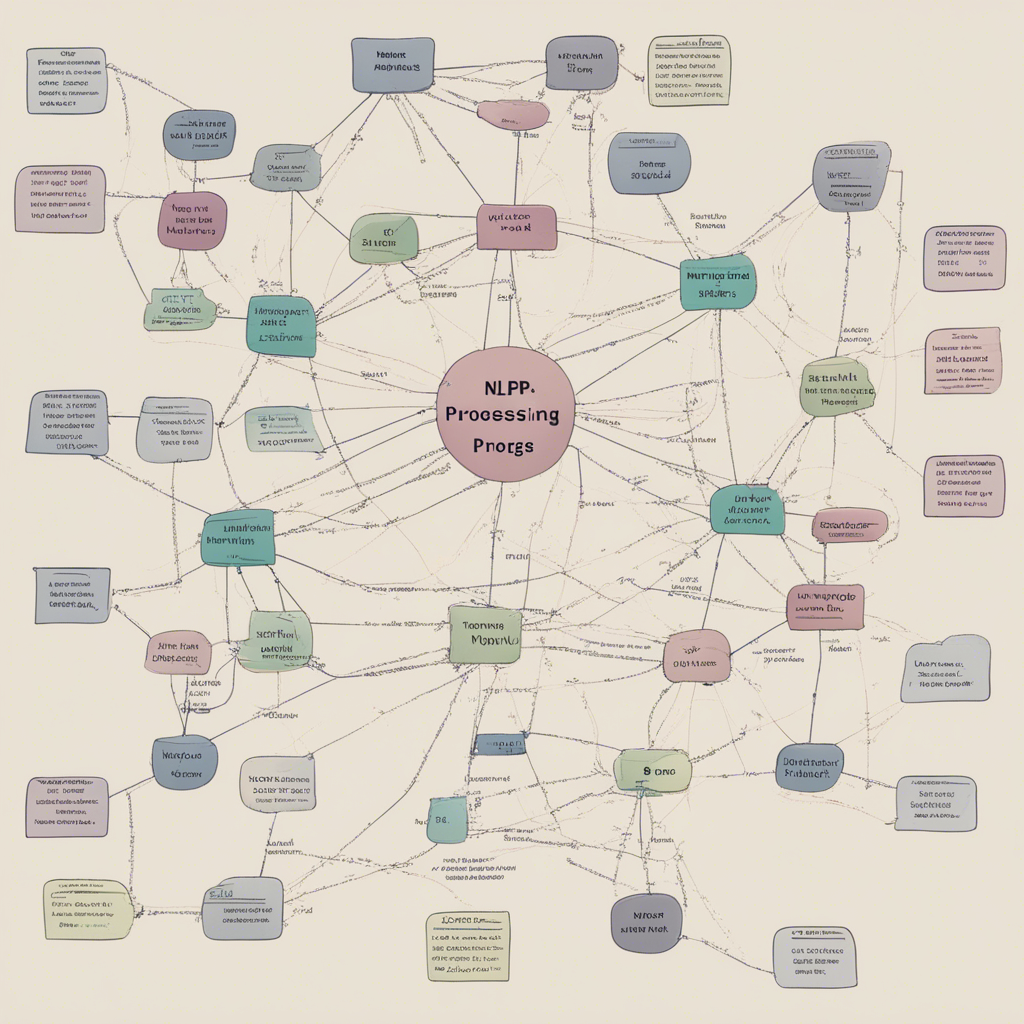
Automating Machine Learning Workflow with AutoML
Machine Learning (ML) has proven to be a powerful tool for solving complex problems and making accurate predictions. However, building and deploying ML models can be a time-consuming and resource-intensive process. This is where Automated Machine Learning (AutoML) comes into play. AutoML is a revolutionary technology that aims to automate various stages of the ML workflow, from data preprocessing and feature engineering to model selection and hyperparameter tuning. In this blog post, we will delve into the details of AutoML, exploring its benefits, applications, and best practices.
What is AutoML?
AutoML refers to the process of automating the end-to-end pipeline of building and deploying ML models. It eliminates the need for manual intervention in various stages of the ML workflow, making it easier for non-experts to leverage the power of ML algorithms. AutoML platforms provide users with a user-friendly interface and a range of automated tools that handle tasks such as data preprocessing, feature engineering, model selection, and hyperparameter optimization.
Benefits of AutoML
AutoML offers several advantages over traditional manual ML workflows:
Time and Resource Efficiency
Building ML models manually involves experimenting with various algorithms, feature sets, and hyperparameters. This can be a time-consuming process, requiring substantial computational resources and expertise. With AutoML, the process is automated, significantly reducing the time and resources needed to develop and deploy ML models.
Democratizing Machine Learning
AutoML lowers the barrier to entry for ML by enabling non-experts to build and deploy models without in-depth knowledge of ML algorithms. This democratization of ML allows businesses and individuals to leverage the power of ML, even without a dedicated data science team.
Improved Model Performance
AutoML tools leverage cutting-edge algorithms and techniques to automatically search for the best ML model and hyperparameter configurations. This leads to improved model performance and accuracy compared to manual experimentation.
Reproducibility and Transparency
AutoML platforms maintain a record of all experiments and configurations, ensuring reproducibility of results. Additionally, the automated nature of AutoML promotes transparency as it reduces human bias and subjectivity in model development.
AutoML Workflow
The AutoML workflow typically consists of the following steps:
-
Data Preparation: AutoML platforms automate the process of data preprocessing, including data cleaning, encoding categorical variables, handling missing values, and scaling features. These platforms also provide interactive visualizations and statistical summaries to help users gain insights into their data.
-
Feature Engineering: AutoML tools automatically discover, generate, and select relevant features from the input dataset. This includes techniques such as feature scaling, dimensionality reduction, and extraction of new features.
-
Model Selection: AutoML platforms employ automated algorithms to search and evaluate various ML models. These tools compare models based on performance metrics, such as accuracy, precision, recall, and F1-score. The best-performing model can then be selected for further analysis.
-
Hyperparameter Optimization: AutoML automates the tedious process of hyperparameter tuning by searching the hyperparameter space to find the optimal configuration for each ML model. This ensures that the models achieve peak performance without manual intervention.
-
Model Deployment: Once the best-performing model is identified, it can be deployed for making predictions or integrating into existing systems. AutoML platforms often provide APIs or deployment options to streamline this process.
Applications of AutoML
AutoML has a wide range of applications across various industries, including:
-
Finance: AutoML can be used to develop predictive models for fraud detection, credit scoring, and investment analysis.
-
Healthcare: AutoML plays a crucial role in medical imaging analysis, disease diagnosis, predicting patient outcomes, and drug discovery.
-
Marketing and Personalization: AutoML can help businesses enhance customer segmentation, personalize recommendations, and optimize marketing campaigns.
-
Manufacturing: AutoML can be applied to predictive maintenance, quality control, and supply chain optimization in manufacturing processes.
-
Retail: AutoML can enable demand forecasting, inventory optimization, and personalized recommendation systems.
Best Practices for AutoML
To make the most of AutoML, consider the following best practices:
-
Define Clear Objectives: Clearly define the problem statement and metrics for success before embarking on the AutoML journey. This will help guide the tool’s search for the best model and hyperparameters.
-
Choose Appropriate Features: Ensure that the input dataset contains relevant features that capture the underlying patterns in the data. Feature engineering is still crucial, even though AutoML platforms automate some aspects.
-
Evaluate Model Performance: Carefully evaluate the performance of the selected model and cross-validate it with holdout data. This helps ensure robustness and generalization of the model’s predictions.
-
Monitor and Update: Machine learning models can become outdated as new data becomes available. Continuously monitor and update the models to maintain their accuracy and reliability.
Conclusion
AutoML is revolutionizing the world of machine learning by automating the entire workflow and making it accessible to a wider audience. It offers significant benefits in terms of time efficiency, democratization of ML, improved model performance, and reproducibility. AutoML can be applied to various industries, streamlining processes and enabling data-driven decision-making. By following best practices, organizations can harness the power of AutoML effectively and accelerate their journey towards intelligent automation.
References:






